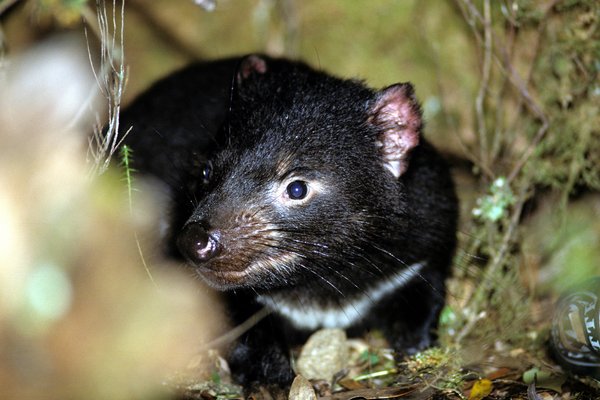New in the collection: Tasmanian shell necklaces
Lola Greeno, a Tasmanian Indigenous artist, has been making shell necklaces for about 25 years, after learning the art from her mother, who had learnt from her grandmother. She is now one of only a handful of Indigenous women who still practices the art of shell necklace making, which is one of the few surviving traditional arts from Tasmania.
“I considered it was important for my mum and I to work together to carry on this significant cultural women’s practice in Tasmania. I have now taught my daughter ... and my granddaughters to collect [and learn] the common names of the shells known to our grandmothers generation... I am very proud to have maintained a legacy of our earlier women. I make our teaching/learning sessions enjoyable but at the same time understanding we must take care of the environment so only collect shells that we will use" – Lola Greeno, 2013.

© Australian Museum
Necklace E094522 is made from maireener shells and black crow shells, while E094521 is made from maireeners and oat shells. Creating beautiful necklaces such as these takes Lola some time, during which she uses a mixture of traditional methods of collecting and preparing the shells, and using contemporary materials to create the finished product.

© Australian Museum
The shells are initially collected from the sea beds, and then need to be cleaned. Maireener shells are the shells traditionally used in shell necklace making. These are now in short supply, and can only be collected at certain times of the year.
To clean the maireener shells, the shells are left outside for up to 8 weeks, during which time flies and ants removed the animal from inside the shell. The shells are then moved about in a hydrochloric acid solution, which is made to ensure that the shells aren’t damaged. Once rinsed in water, dried and pierced, the shells are strung onto rot proof and fray resistant thread. The oat shells, on the other hand, are washed and dried to ensure any sand grit is removed before threading. Depending on the size of the necklace, it can take Lola between 2 and 5 days to create each work.
The acquisition of these necklaces was made possible with funds from the Gwendoline West bequest.











